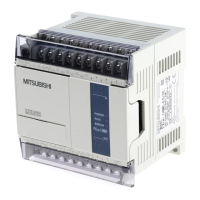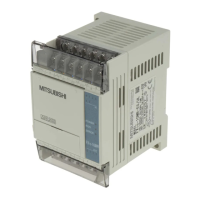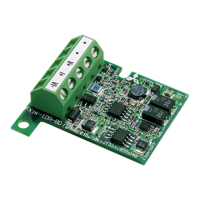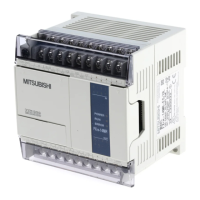STL Programming 3
3-1
3. STL Programming
This chapter differs from the rest of the contents in this manual as it has been written with a
training aspect in mind. STL/SFC programming, although having been available for many
years, is still misunderstood and misrepresented. We at Mitsubishi would like to take this
opportunity to try to correct this oversight as we see STL/SFC programming becoming as
important as ladder style programming.
3.1 What is STL, SFC And IEC1131 Part 3?
The following explanation is very brief but is designed to quickly outline the differences and
similarities between STL, SFC and IEC1131 part 3.
In recent years Sequential Function Chart (or SFC) style programming (including other similar
styles such as Grafcet and Funktionplan) have become very popular through out Europe and
have prompted the creation of IEC1131 part 3.
The IEC1131 SFC standard has been designed to become an interchangeable programming
language. The idea being that a program written to IEC1131 SFC standards on one
manufacturers PLC can be easily transferred (converted) for use on a second manufacturers
PLC.
STL programming is one of the basic programming instructions included in all FX PLC family
members. The abbreviation STL actually means STep Ladder programming.
STL programming is a very simple concept to understand yet can provide the user with one of
the most powerful programming techniques possible. The key to STL lies in its ability to allow
the programmer to create an operational program which ‘flows’ and works in almost exactly the
same manner as SFC. This is not a coincidence as this programming technique has been
developed deliberately to achieve an easy to program and monitor system.
One of the key differences to Mitsubishi’s STL programming system is that it can be entered
into a PLC in 3 formats. These are:
Ι) Instruction - a word/mnemonic entry system
ΙΙ) Ladder - a graphical program construction method using a relay logic symbols
ΙΙΙ) SFC - a flow chart style of STL program entry (similar to SFC)
Examples of these programming methods can be seen on page 2-1.
FX
1S
FX1N FX2N
FX2NC
General note:
• IEC1131-3: 03.1993 Programmable controllers; part 3: programming languages.
The above standard is technically identical to the ‘Euro-Norm’
EN61131-3: 07.1993
FX Series Programmable Controllers

